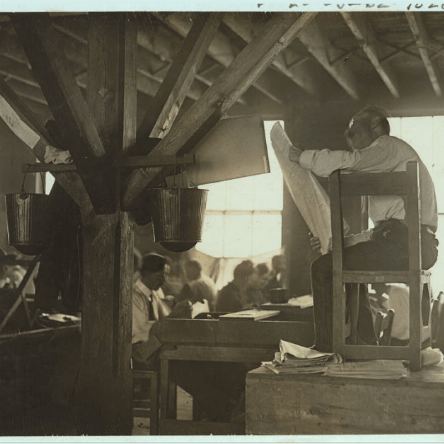Stop by Northeast Spruill Oaks Library this September and check out adult books by Hispanic authors!
Hispanic Heritage Month Children’s Book Display
By northeast
Stop by Northeast Spruill Oaks Library this September and check out books about Hispanic culture, kids, and family!
Special Storytime: Butterfly Day!
By northeast
Teen Book Club Discussion: “We Were Liars”
By northeast
Upcoming Events at The Kirkwood Branch!
By areeves
Kirkwood Calendar of Events
1,000 Books Before Kindergarten
By northeast
Affordable Learning With Government Documents
How lifelong learners and adult learners can use government documents from the public library to continue their education in history, culture, human civilization, law and governance. Highlights STEM topics such as money and finance, medicine and veterinary science, nutrition and fitness, astronomy and astrophysics, aviation, aeronautics, maritime history and boating safety, transportation, environmental science, geology and hydrogeology, minerals and mining, geography, agronomy and animal husbandry, ocean natural resources, climate science and weather, biology, computer science, and math standards and measurements.
Central Library Summer Reading Program Review 2023
Happy Cat Month Grab-and-Go Craft
By northeast
Come pick up a Happy Cat Month grab-and-go craft at NESO throughout September while supplies last!
Director’s Blog – August 2023
Recently, I was fortunate that my car got held at the traffic light as children hurried across the street to enter school on their first day back. Their little faces were full of smiles; some laughed; some skipped, and some dashed to get to their destination. It brought back so many memories of long ago…
1 - 10 of 17
- Go to page 1
- Go to page 2
- Next page










